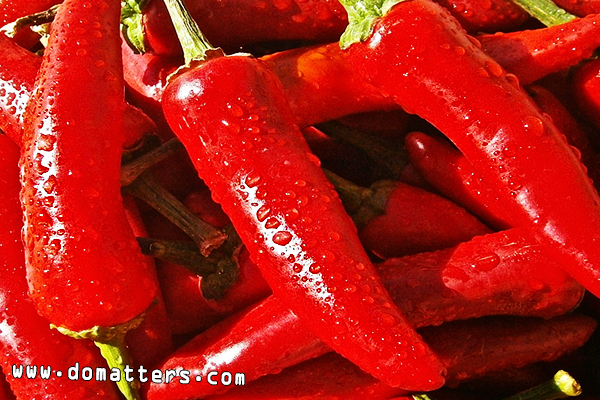Recently, the hot search that Tencent sued “Lao Ganma” has exposed the hot sauce market and the “spicy economy” to everyone. This event marketing reminds me of today’s hot “spicy economy” and “spicy culture” in China. Speaking of the hot sauce for the next meal, everyone will first think of Laoganma chili sauce, which is famous all over the world. Domatters believe that most people like it very much. Its domestic sales in China have increased year by year, with annual sales exceeding 4 billion, and it has even been loved by foreign friends. In July 2012, Gilt, an American luxury e-commerce company, regarded Lao Ganma as a noble condiment, snapping up two bottles for $11.95 for a limited time. It is understood that in the United States, the United Kingdom and other places, the price of Laoganma chili sauce is sold for about 50 yuan a bottle.
Since the 1990s, the world’s pepper industry has developed rapidly, with the fastest development in China. At present, China has become the world’s largest pepper producer, consumer and exporter. So why do everyone like spicy food now? How big is China’s spicy economic market? What is the core of the popular spicy culture? What is the relationship between the consumer spicy wave and the industrial spicy addition? How to catch the spicy economy train in 2020? Today Domatters takes you to analyze these.
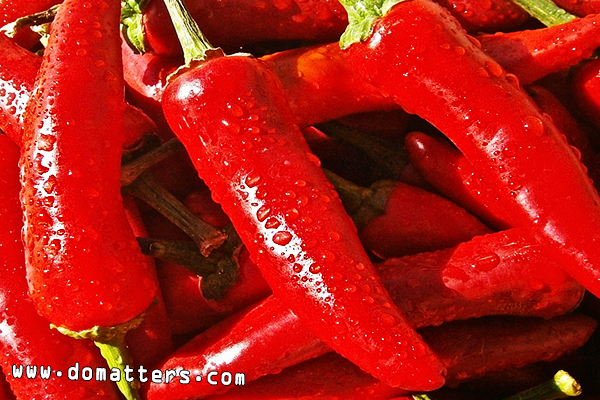
Spicy culture:
Why do everyone like to eat spicy food now? Why is “spicy culture” popular in China?
A. Spicy is gravitational, sexy, and social; spicy is a “benign self-abuse” and “apostasy in human history”… These are the necessities for many scholars from the Chinese and foreign perspectives, biological and psychological perspectives on the existence of peppers Sexual analysis.
B. There is another important reason why people love to eat chili. Because when you eat irritating food, you will feel yourself in danger, but the reality is very safe. Spicy eating stimulates our body to produce endorphins. This substance will make people feel happy, at the same time the heart beats faster and starts to sweat. Gradually people will have an addictive feeling about eating chili. And such a theory may explain why spicy flavor is popular.
C. In addition, with the economic development, the pace of social life is getting faster and faster. Due to factors such as rising housing prices, the pressure on the people in the city is also increasing, and the anxiety is becoming stronger. The spicy and Night snack culture has gradually become a way for people to relieve stress and release their emotions. It has become a popular culture in China. It has become a popular culture in China… China has spicy hot pot, chili sauce, spicy flavor Spicy foods such as crayfish, stinky snail powder, spicy turkey noodles, etc.
D. In addition, the widespread spread of the spicy diet customs, as well as the further exploration of the functions of chili in medical, health care, beauty, etc. have prompted the “spicy culture” to become more popular in China.
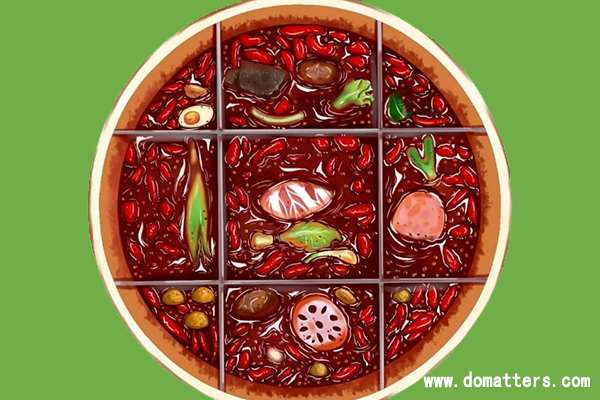
The spicy trend under the global spicy tide and China’s “spicy economy”
According to online data, spicy food accounts for 48% of Chinese consumers’ ordering preferences. The global population of spicy foods reaches 2.524 billion, which means that one in three people eat spicy foods. From the data point of view, China’s spicy condiments now account for more than 30% of the market share, which is bullish all the way. In addition to the trend of spicy food in the domestic catering industry, similar performance has also appeared in the snack market worldwide. According to the 2020 snack taste forecast released by Leshi last year, spicy and sour will be the most potential flavors of snack tastes this year.
From the perspective of global consumer acceptance of spiciness, Asia Pacific has the highest acceptance of Chinese spicy food.
Judging from the spicy food situation in China, the seven main pepper producing areas are mainly Hubei, Hunan, Jiangxi, Sichuan, Yunnan, Guizhou and Chongqing. Without exception, they are all major labor exporting provinces in China.
Judging from the spicy food rankings, Sichuan, Guizhou, Hunan, Hubei, Shaanxi, and other central regions are the most spicy regions in China.
In terms of production, China is the most spicy region in the world. The global annual output of chili peppers is 60 million tons, and the total output of Chinese chili peppers accounts for 48% of the world’s total chili output, about 28 million tons. Together with the number of 600 million people who eat spicy food, this has created a domestic scale of hundreds of billions of spicy consumer industries. Therefore, China also imports peppers from abroad every year.

From the perspective of age and gender distribution of spicy eating, female consumption in the post-80s and post-90s is the backbone of Chinese spicy food users.
From the perspective of the proportion of brands, these head brands in China, mainly Haidilao, Dezhuang, Xiabu Xiabu, Xiaolongkan, and Liu, only accounted for 8% of the market share, while other scattered brands accounted for 92%. The degree of brand concentration in the hot pot market is low, and the hot pot market has very large room for development and breakthrough. In addition, the output of casual spicy foods is also growing very fast, and leisure braised products will become the fastest growing category in casual foods.
According to data from Furnox Sullivan, it is expected that the market size of my country’s leisure halogen products will reach 123.5 billion in 2020, and the compound growth rate from 2015 to 2020 is expected to reach 24.1%, which will be the fastest-growing category in leisure food.
What is the current status of the development of China’s pepper industry?
At present, the annual planting area of pepper in China is about 20 million mu, and in recent years, the planting area and output have continued to increase. The main reason is the widespread spread of spicy food customs on the one hand, and the further exploration of the functions of chili in medical, health care, beauty, etc. On the international market, there is a large gap in demand for chili red pigment, capsaicin and other chili deep-processing products. At the end of the period, the overall stock level of peppers has been steadily increasing. The production and sales of peppers have been greatly developed. The stock levels at the end of the period have also doubled to meet the consumer demand for this variety.
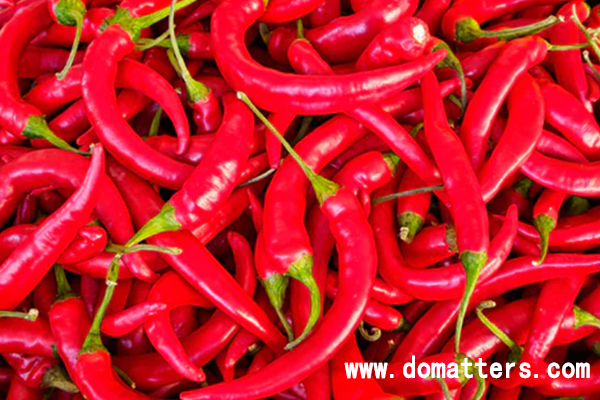
In terms of export volume, China’s export volume of dried chili was 77,400 tons in 2018, a year-on-year increase of 25.5%. In the first half of 2019, China’s dry pepper exports were 4.04 tons, a year-on-year increase of 6%. In terms of exports, China’s dry pepper exports in 2018 were US$155 million, a year-on-year increase of 28.1%. In the first half of 2019, China’s export volume of dried chilli was US$86 million, a year-on-year increase of 13.7%.
Of course, China also imports peppers from abroad every year. According to statistics, from January to October 2018, the cumulative import value of dried chili reached three times the import value of 2017.
What is the consumption of chili paste? How big is the chili paste market in China?
At present, the scale of China’s chili sauce market is steadily increasing. The growth rate of the entire chili sauce industry market is still above 7%. In 2017, the scale of my country’s chili sauce market increased to 32.4 billion yuan. According to previous data, domestic consumption in 2017 was 4.972 million tons. By the end of 2019, the market for chili sauce industry reached 38.7 billion yuan, nearly 40 billion. By the end of 2020, the market for chili sauce industry will reach 42 billion.
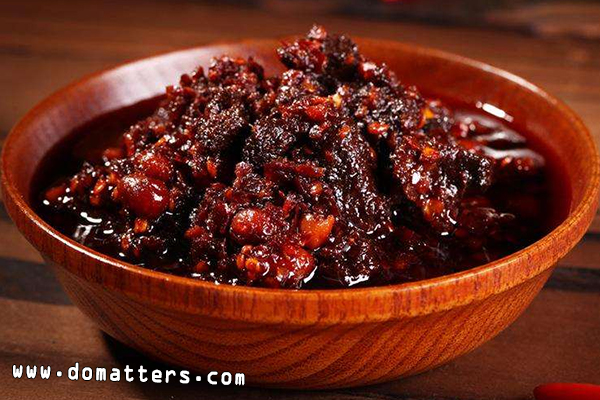
What are the top ten hot chili sauce brands in China? From a domestic perspective, the top chili sauce brands in the market share include Laoganma, Huaqiao, Fanshao, Hainan Yellow Lantern, and A Xiangpo. Laoganma, annual sales of 4 billion. In addition to Laoganma, the old-style hot sauce companies and the influx of new companies have divided up nearly 40 billion in market share. Chili sauce is one of the most important consumer products for residents in some areas of China. With its unique taste and health care function, the consumption and trade volume of chili sauce in the domestic market are constantly rising.
In May 2016, the “Fan Ye”, founded by singer Lin Yilun, went online for only 3 months and received financing of 83 million yuan, with an estimated market value of 360 million yuan. In September 2016, the “Hi Hi Pipi Yue Yunpeng Star Store” founded by Yue Yunpeng sold 18,600 bottles of chili sauce within one month of its launch. In addition, catering brands such as Haidilao, Xiabu Xiabu, Ajisen Ramen have also launched their own hot sauce products…
If you also want to enter the hot sauce market in China, hot pot restaurant market or other e-commerce B2C or C2C or B2B market in China, you must first understand your competitors. Contacting Domatters will do a professional market research for you, including keyword research and market reports of competitors.
China’s “spicy economy” triggered by the spicy trend
Spicy yogurt, spicy chocolate, spicy ice cream, spicy cake, spicy chewing gum…only what you can’t think of, no consumers dare not try it.
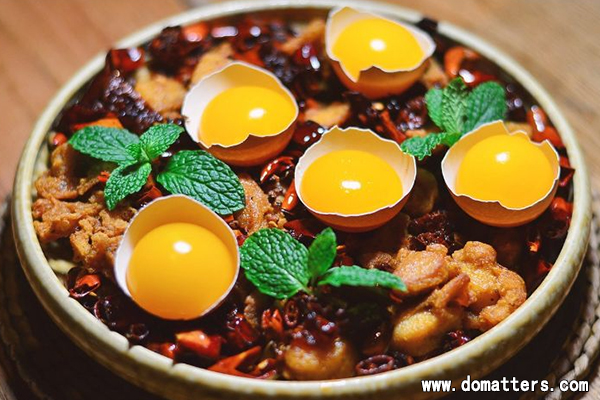
In recent years, the Chinese snack industry has been “breaking the wall” frequently, and a large number of spicy foods that have “protruded out of the army” have earned everyone’s attention.
In fact, it’s not just the food industry. Spicy elements are used boldly in many fields, such as fashion. For example, Laoganma sweater went abroad and boarded New York Fashion Week. In the field of interior design, as the main elements of store design, such as Spicy One, Spicy Food, Spicy Pork Hands, Zhou Heiya, etc. As well as the bold and cross-border Weilong brand, it launched the “long spicy strips, sleeping spicy strips, wearing spicy strips” Weilong spicy strips where everything can be spicy…

The advent of the spicy wave is unstoppable. In the future, the spicy base and scale will become larger. The spicy market will have great prospects in the future.
(1) Spicy taste is purchasing power, which gives consumers an addictive feeling and can increase the product repurchase rate.
(2) Users are becoming more and more vertical and more and more subdivided. Users are increasingly pursuing product personalization and reducing the cost of dish selection.
(3) Spicy taste has better taste recognition, which can be seen from the rise of a large number of snack products with local characteristics. Such as roast vegetables, bowl chicken, taro chicken, fat intestine powder, etc.
(4) The category dominated by spicy taste is also constantly improving the market space. In the future, new brands may appear in the market segments such as spicy sauce, spicy fish and spicy chicken.
(5) Spicy and healthy is the eternal theme, health is the premise, and eating cool is the final destination.
How to promote the brand in China?
The gradual integration of world cultures has also made foreign tastes show different appeals in different regions. With the mutual influence of global tastes, the chili peppers and chili sauces used everywhere are promoted and sold in different supermarkets offline. At the same time, you can also use network platforms such as Sina Weibo, Xiaohongshu, Douyin, Zhihu, etc. Aiming at different groups such as brothers, sisters, couples, etc., with the corresponding emotional preference as the starting point, the design of heart-warming advertising words will bring consumers into the consumption scene in order to generate emotional resonance and recognition of the brand’s cultural concept.
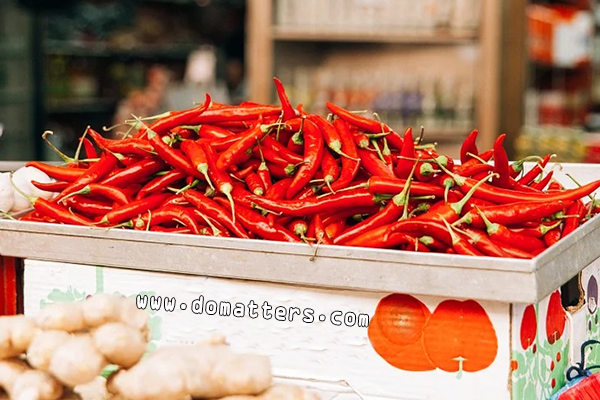
Many Chinese celebrity products have also appeared in China’s food manufacturing industry, and some of them are well-known for their spiciness. This also means that the more famous peppers in the world may become a hot IP in the future development. For snack manufacturers, they can make targeted choices to help the brand develop new momentum. As a form of supper culture, spicy tide will continue to be an important breakthrough for young people to release pressure and relieve emotions. With spicy as a concept, spicy-themed subdivisions have great opportunities, and spicy products will be launched in the future. There is a bigger craze. How to play a new height of “spicy” in “a width of one meter and a depth of one kilometer” is a test of the strength of various enterprises and brand consulting companies.
If you are interested in brand promotion, you can contact Domatters to help you with your business in China.

